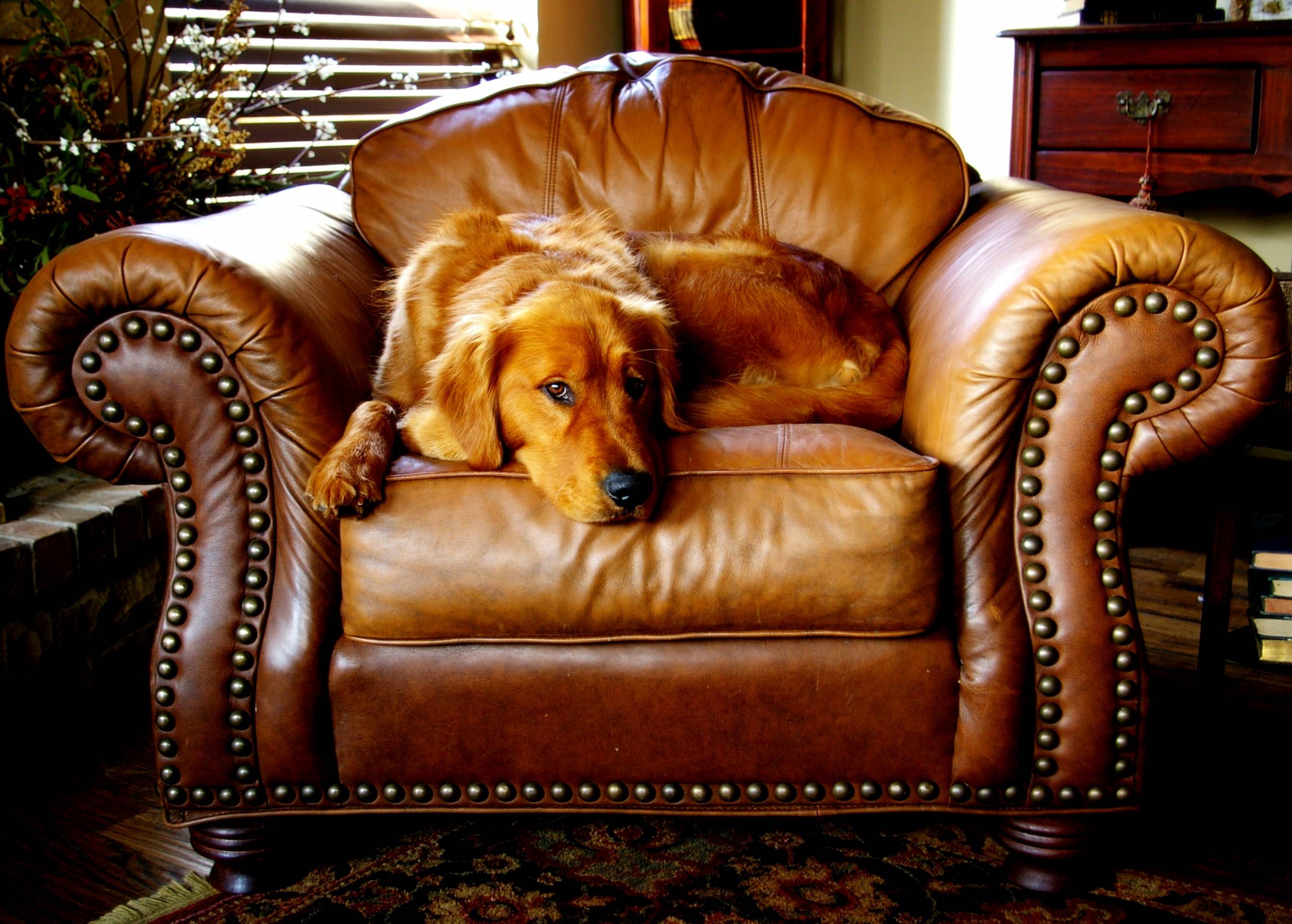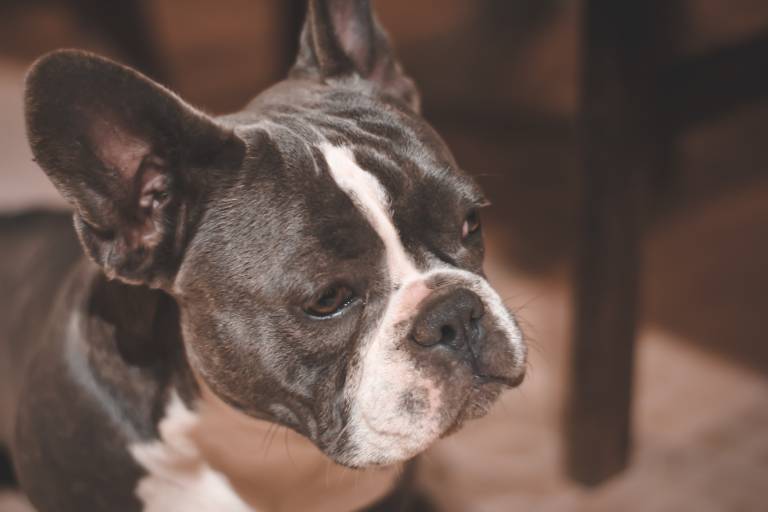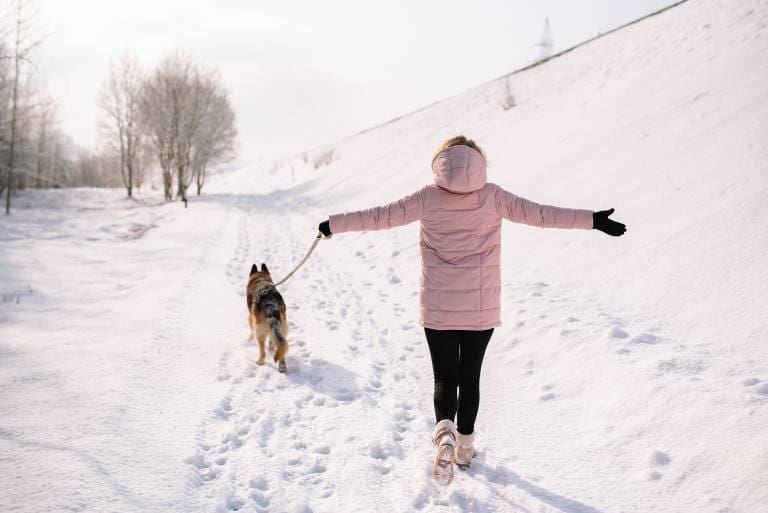How Much Is A Tibetan Mastiff?
Post Date:
December 10, 2024
(Date Last Modified: November 13, 2025)
Tibetan Mastiffs are a large, ancient livestock guardian breed known for a thick coat and independent temperament. This page focuses on the typical costs associated with acquiring and keeping one of these dogs.
Typical purchase price
Puppies sold as household pets commonly have asking prices that range from $1,500 to $3,000 depending on region and breeder practices[1].
Puppies marketed for conformation show prospects commonly list from $3,500 to $10,000, while animals sold to experienced breeders for producing stock can range from $5,000 to $20,000 or more when pedigree and reproductive potential are exceptional[1].
In some countries where the breed is rare or importation is difficult, typical retail prices may be 20% to 50% higher than in larger domestic markets[2].
Age affects price: retired adults or older companions are often priced below puppy rates, commonly discounted by 30% to 70% versus puppy listings in the same bloodlines[2].
Key factors that drive price
Reputation and documented lineage are primary drivers: dogs from multi-generation lines with titled relatives usually command premium prices, often doubling or tripling the base pet price when show credentials are involved[1].
Health testing and certifications increase cost because pre-sale screening (hip scoring, eye exams, genetic panels) typically adds $200 to $1,000 per dog depending on the tests pursued and the laboratory used[3].
Rarity factors — an uncommon coat color, exceptionally large size, or a preferred sex — frequently add a premium of 10% to 50% above typical listings when demand exceeds supply[2].
Price tiers explained (pet, show, breeding)
Three common purchase tiers appear in the market: pet, show/competition, and breeding/producer animals. Each tier generally corresponds to different inclusion of paperwork and seller services[1].
| Tier | Typical price (USD) | Common inclusions | When justified |
|---|---|---|---|
| Pet | $1,500–$3,000 | Basic health check, initial vaccines, limited registration | Family companion with no breeding rights |
| Show | $3,500–$10,000 | Full registration, pedigrees, early handling/training recommendations | Prospect for conformation or performance events |
| Breeding | $5,000–$20,000+ | Proven lineage, health clearances, breeding contracts | For experienced breeders planning litters |
| Rescue/Adopt | $150–$600 | Behavior assessment, vaccinations, spay/neuter often included | Owners seeking lower upfront cost and supporting rehoming |
Additional one-time purchase costs
- Transport and import: private transport or airline charges commonly add $200 to $2,000 depending on distance and quarantine requirements[2].
- Initial veterinary work: comprehensive exam, core vaccines, deworming, and microchipping typically run $150 to $500 at first visit[6].
- Supplies: a suitable crate, bed, professional-quality brush, collar, and leash commonly total $200 to $600 up front for a large-breed setup[2].
Recurring ownership costs
Food costs for an adult Tibetan Mastiff vary with activity and size; expect $60 to $150 per month for commercial dry food for a dog that weighs 90–150 lb (41–68 kg)[2].
Professional grooming or heavy at-home grooming supplies are common for the thick double coat; monthly or per-session grooming fees range from $50 to $200 depending on whether full trimming or just brushing is performed[2].
Routine veterinary preventive care — annual exam, flea/tick and heartworm prevention, and core vaccines — generally runs $300 to $700 per year for a large-breed dog in typical veterinary practices[6].
Boarding or professional daycare for a large breed usually costs more than for small dogs; expect $25 to $75 per day for boarding and similar daily rates for short-term professional care in many markets[2].
Health-related long-term expenses
Tibetan Mastiffs can be predisposed to orthopedic conditions such as hip dysplasia and to certain endocrine disorders; the prevalence and severity vary by bloodline and screening practices[3].
Major surgeries (for example, a corrective hip procedure) can cost $3,000 to $7,000 or more per joint in many veterinary specialty centers[4].
Expect lifetime veterinary costs for a large-breed dog, including emergencies and age-related care, commonly to range from $10,000 to $25,000 over the dog’s lifetime in many ownership scenarios[3].
Pet insurance premiums for large, mature dogs vary by coverage and age, but typical policies for comprehensive accident-and-illness coverage often cost $40 to $150 per month depending on deductible and reimbursement levels[2].
Buying vs. rescuing a Tibetan Mastiff
Adoption or rescue fees for large-breed mastiffs typically range from $150 to $600 and often include basic vaccinations and spay/neuter, which lowers initial out-of-pocket costs relative to purchase prices[5].
Rescued dogs can carry unknown or unmanaged health and behavioral needs; rehabilitation and medical workups after adoption commonly add $200 to $2,000 depending on prior care and behavioral interventions needed[5].
Purchasing from a reputable breeder increases predictability of lineage and early health screening but raises upfront cost; rescue helps reduce purchase price and supports placement of surrendered dogs, creating different trade-offs in predictability and total lifetime expense[1].
How to evaluate a price and avoid scams
Red flags in ads include unusually low prices relative to market norms, requests for wire transfers only, sellers unwilling to allow a visit or to provide verifiable health paperwork, and sellers who pressure for immediate payment without written contract or registration papers[2].
Ask for and verify documentation: pedigrees or registration numbers, recent health clearances (hip/elbow scores and eye exams), vaccination records, and results from genetic screens when available; documented clearances and verifiable references reduce risk and justify higher asking prices[1].
Insist on a written purchase or rehoming contract that spells out health guarantees, spay/neuter requirements if applicable, and any return or refund policy; use traceable payment methods and avoid sellers who refuse both an in-person meeting and a written contract[2].
Budgeting and financing options
A realistic one-year ownership budget that includes food, preventive care, grooming, and incidental supplies often falls between $1,200 and $3,000 for a large Tibetan Mastiff[2].
Over five years, cumulative costs (excluding major surgeries or chronic disease) commonly reach $6,000 to $15,000, while a ten-year horizon often totals $12,000 to $30,000 under typical conditions and regional pricing patterns[3].
Financing options for pedigree purchases sometimes include breeder-arranged payment plans or third-party pet purchase financing; monthly payments and interest vary widely and buyers should compare total cost versus saving and insurance alternatives before committing[2].
Establish an emergency fund equal to three to six months of expected annual expenses or consider insurance with a wellness add-on; insurance reduces out-of-pocket risk for major illness but may exclude preexisting conditions and has age-based premium increases[2].
Feeding, fluids, and clinical formulas
The resting energy requirement (RER) for dogs is commonly estimated with RER = 70 × (body weight in kg)^0.75; for an adult Tibetan Mastiff around 110 lb (50 kg) this yields roughly 1,315 kcal/day as RER, and maintenance energy needs are usually higher (commonly 1.6–2.0 × RER depending on activity), which gives an approximate daily range of 2,100 to 2,600 kcal for that example dog[7].
When converting calories to feeding volume, a typical dry food at 350 kcal per cup would feed that 2,100–2,600 kcal requirement at about 6 to 7.5 cups per day, with exact amounts set by product calorie density and the dog’s body condition[7].
Maintenance fluid requirements for an adult dog are commonly approximated as 50 mL/kg/day (some clinical sources use a 50–60 mL/kg/day range); for a 50 kg dog that equates to around 2,500 mL (about 84 fl oz) of water per day as the baseline physiologic need, not including losses from heavy panting, diarrhea, or illness when requirements rise substantially[3].
Sample 1-, 5-, and 10-year cost scenarios
Sample budgets below use conservative mid-range assumptions and show how purchase price and ongoing care combine; these are example scenarios, not guarantees.
Scenario A — typical pet-purchase: purchase price $2,000, first-year costs (initial vet work, supplies, food, basic obedience class, and routine care) about $2,500, giving a first-year total near $4,500[8].
Using steady ongoing annual costs near $2,000 (food, routine preventive care, grooming, and incidental supplies), five-year cumulative ownership after the initial purchase approaches $10,000 to $12,500 including the original purchase price, and a ten-year cumulative cost commonly reaches $18,000 to $22,000 under stable-health assumptions[3].
Scenario B — higher-tier show/breeding purchase: an initial cost of $8,000 plus similar ongoing annual care near $2,500 yields a five-year cumulative outlay near $20,500 and a ten-year cumulative near $33,000, before any major health events or reproductive expenses are included[1].
These sample totals exclude single-event major costs; for context, a significant orthopedic surgery can add $3,000–$7,000 per procedure to a single-year total and materially change the five- and ten-year figures if more than one major intervention occurs[4].
Financing, payment plans, and building an emergency fund
Some breeders offer staggered payment plans for high-value placements; third-party pet-purchase financing providers can also structure multi-month loans, but buyers should compare the total finance charge versus savings and interest-free alternatives before accepting credit because financed purchases can substantially increase lifetime cost[9].
An emergency fund sized to cover major unexpected veterinary bills is recommended; a practical target is the amount needed to cover a single major procedure plus three months of operating costs, commonly $5,000 to $10,000 depending on local pricing and the owner’s risk tolerance[4].
Pet insurance reduces out-of-pocket risk for accidents and illnesses but has trade-offs: premiums for broad accident-and-illness coverage for large breeds often range from about $40 to $150 per month depending on the dog’s age and coverage limits, and insurers commonly exclude preexisting conditions and add age-related premium increases that affect long-term value calculations[8].
When higher purchase prices are justified
Pay more when a seller provides verifiable, current health clearances (hip/elbow scoring, ophthalmologic exam, genetic testing where applicable), clear registration and pedigree documentation, and documented mentoring or return policies that protect the buyer—these factors reduce the financial and emotional risk of later unexpected costs[1].
Higher prices for breeding prospects are often justified only if the dog has documented soundness and titles in relevant performance or conformation venues plus clearances that demonstrate low genetic risk for costly, heritable diseases; otherwise buyers may overpay for illiquid breeding stock that carries additional lifetime risk and expense[3].
Decision checklist and next steps
Before committing to purchase or adoption, assemble the following items for comparison and negotiation: a written list of included services and paperwork, a copy of the puppy’s or dog’s vaccination and deworming records, registration or microchip information, and documented health test results for the parents where available;





